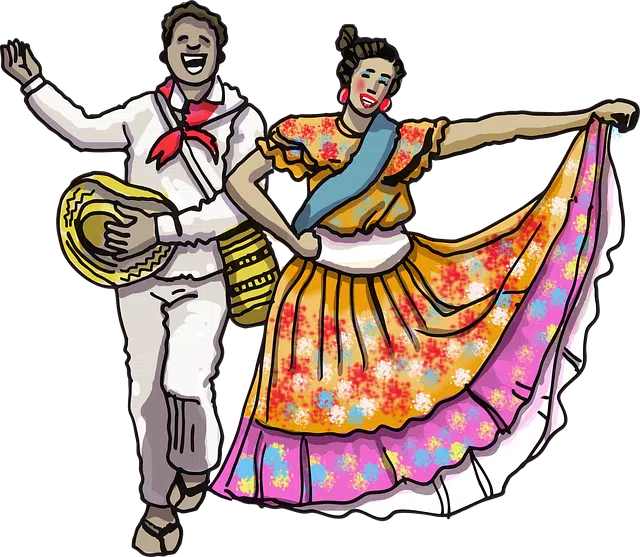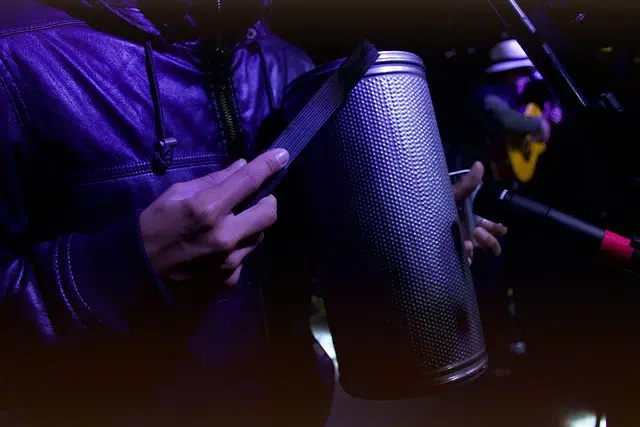
The origins of cumbia are distributed between Panama and Colombia.
Cumbia is a musical and dance genre that originated in Colombia and Panama but has now become popular in the rest of Latin America and has numerous variants and adaptations.
History tells that, in Colombia , cumbia emerged on the Caribbean coast from the cultural fusion between the indigenous people, the slaves who arrived from Africa and the Spanish during the Colony . In Panama it was also developed during the colonial era, with choreography and music of African origin and dance steps contributed by Andalusians, Galicians and indigenous people.
Types of cumbia
Starting in the 1940s , Colombian cumbia began to spread to other Latin American countries. This is how subgenres such as Argentine cumbia , Mexican cumbia , Peruvian cumbia and Venezuelan cumbia , among others, appeared.
Among the most common instruments of traditional cumbia bands are drums , Colombian bagpipes, the millo flute, the maracón and the guache. Various adaptations of the genre can include violins, accordions, transverse flutes, and keyboards.
In Mexican cumbia , for its part, instruments such as the electric guitar, electric bass, timbaletas, congas, güiro and clarinet are usually used. In Peruvian cumbia , finally, it is possible to notice the influence of genres such as salsa , merengue, huayno or bolero.
Argentine cumbia , for example, has influences from chamamé and tango. A version of this subgenre that has become popular in the last decade is cumbia villera , characterized by its marginal lyrics.

The güiro is a percussion instrument that is usually part of cumbia bands.
The town variant
The most evident characteristic of cumbia villera is the content of its lyrics, which generally deal with lives that revolve around alcohol and drug consumption, crime as an everyday occurrence, and sex as one of the most precious objects.
Regarding the adjective "villera", in Argentina it is used in a derogatory way to refer to any person or thing that has its origin in a slum (the name given to an informal settlement there that is largely made up of homes in a precarious state). . On the other hand, this word also serves to name any lower class person, making their economic and social situation their main aspect, and diminishing them as a human being.
In the case of cumbia villera, the use of this term refers to the fact that the majority of the members of groups that addressed this movement came from slums in Greater Buenos Aires. Just as it happens with the expression of English origin "nigger" in the United States, for example, when a person who lives in a village calls himself "villera" or calls a neighbor that way, there is no implicit contempt, but rather it is used to reaffirm belonging to the place and the pride of being part of a group that, despite being rejected, fights to get ahead and be recognized by the rest of society .
A cumbia born in Greater Buenos Aires
Cumbia villera originated in the second half of the 90s in poor neighborhoods in the north of Greater Buenos Aires and spread little by little to the rest of the provinces. The choice of the name of this current was made by the group Yerba Brava , since that is how they named their first album. Starting in 2000, various bands with a similar style appeared, which were quickly labeled within this subgenre.
In general, the perception that the Argentine people have of cumbia villera is that it is a current of vulgar music without any richness; Middle or upper class people who listen to it usually do so with the intention of having fun and not because they believe that its lyrics and rhythms hide a deep message, given the differences between the language they use and that accepted as cult.
